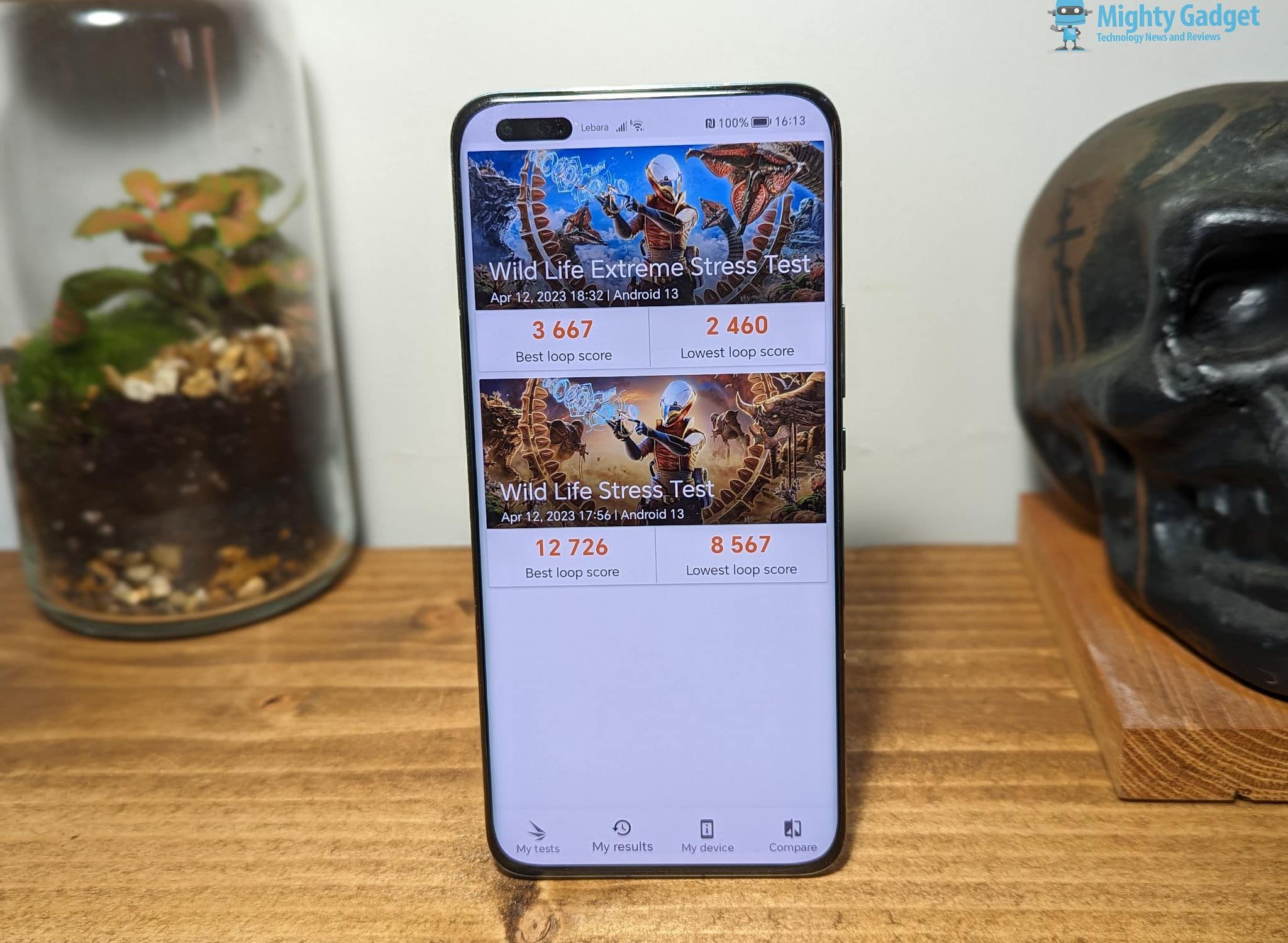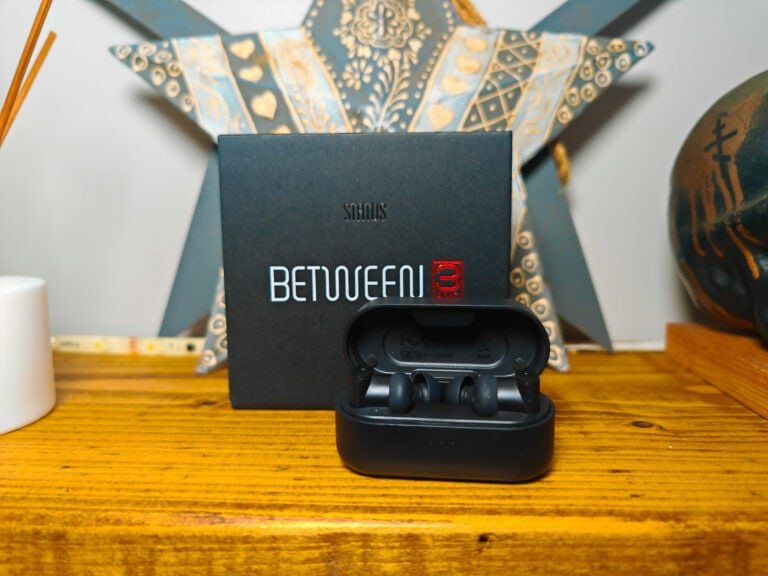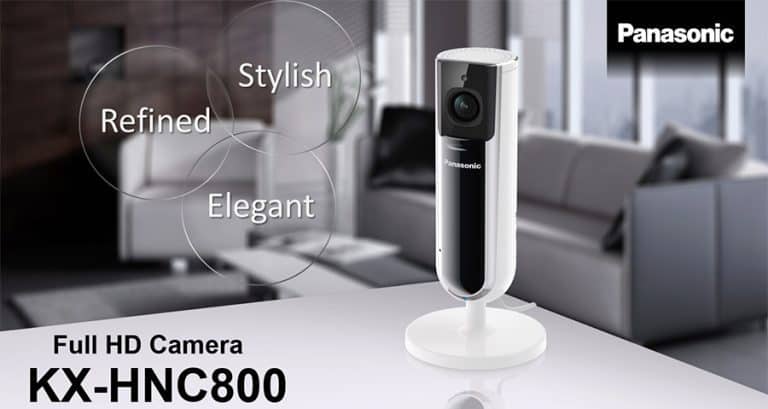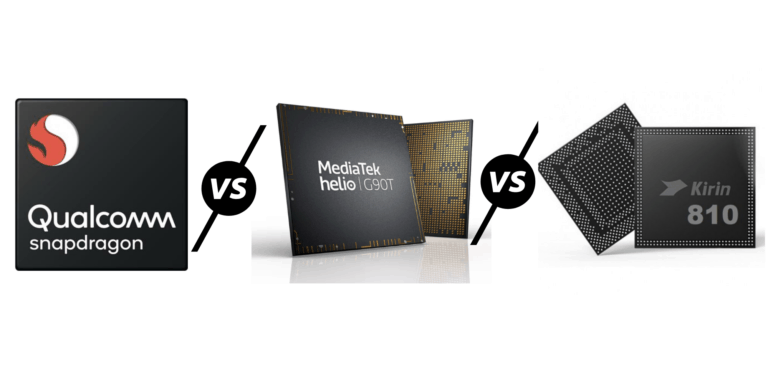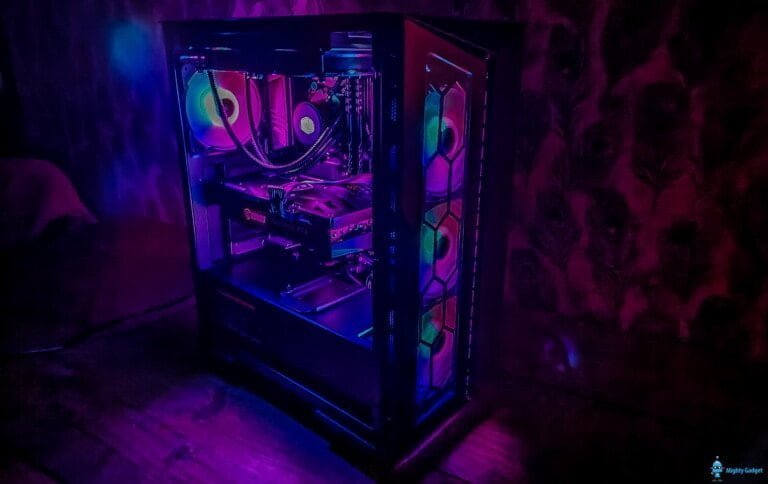Any links to online stores should be assumed to be affiliates. The company or PR agency provides all or most review samples. They have no control over my content, and I provide my honest opinion.
I am in the process of reviewing the new Honor Magic5 Pro, which features the excellent Snapdragon 8 Gen 2.
I have already benchmarked the SD8 Gen2 chipset in comparison to the previous SD8 Gen1, but this was using the Redmagic gaming phones, which have active cooling and aggressive performance focussed tuning.
Therefore, it makes more sense to benchmark the chipset on the phone, the Honor Magic5 Pro, which is a phone that should represent the performance most flagship phones can achieve and how much better the Snapdragon 8 Gen 2 is in comparison to the Gen 1 chipset that was on the Honor Magic4 Pro.
Honor Magic5 Pro vs Magic4 Pro Specification
| Honor | Magic5 Pro | Magic4 Pro |
|---|---|---|
| Display | LTPO OLED, 1B colors, 120Hz, HDR10+, 1800 nits (peak) 6.81 inches, 113.7 cm2 (~91.0% screen-to-body ratio) 1312 x 2848 pixels, 19.5:9 ratio (~460 ppi density) | LTPO OLED, 1B colors, 120Hz, HDR10+, 1000 nits (peak) 6.81 inches, 113.7 cm2 (~93.0% screen-to-body ratio) 1312 x 2848 pixels, 19.5:9 ratio (~460 ppi density) |
| Chipset | Qualcomm Snapdragon 8 Gen 2 | Qualcomm Snapdragon 8 Gen 1 |
| RAM | 12GB | 8GB |
| Storage | 512GB | 256GB |
| Rear Cameras | 50 MP, f/1.6, 23mm (wide), 1/1.12″ 1.4µm, multi-directional PDAF, Laser AF, OIS 50 MP, f/3.0, 90mm (periscope telephoto), PDAF, OIS, 3.5x optical zoom 50 MP, f/2.0, 13mm, 122˚ (ultrawide), 1/2.5″, AF TOF 3D (depth) | 50 MP Sony IMX766, f/1.8, 23mm (wide), 1/1.56″, 1.0µm, multi-directional PDAF, Laser AF 50 MP, f/2.2, 122˚ (ultrawide), 1/2.5″ 64 MP, f/3.5, 90mm (periscope telephoto), 1/2.0″, 0.7µm, PDAF, OIS, 3.5x optical zoom TOF 3D (depth) |
| Front Camera | 12 MP, f/2.4, 100˚ (ultrawide), 1.22µm TOF 3D, (depth/biometrics sensor) | 12 MP, f/2.4, 100˚ (ultrawide), 1.22µm TOF 3D, (depth/biometrics sensor) |
| Battery | 5100 mAh | 4600 mAh |
| Charging | 66W wired 50W wireless Reverse wireless 5W reverse wired | 100W wired 100W wireless SuperCharge (separate purchase) |
| Protection | IP68 | Aluminosilicate glass IP68 |
Honor Magic5 Pro vs Magic4 Pro Benchmarks
Antutu

| Total | CPU | GPU | MEM | UX | Temp Increase | Battery Decrease | |
|---|---|---|---|---|---|---|---|
| Honor Magic5 Pro | 1092857 | 204878 | 540192 | 201695 | 146092 | 8 | 4 |
| Honor Magic4 Pro | 938464 | 197169 | 440631 | 148260 | 152404 | 10.7 | 5 |
| OPPO Find X5 Pro | 842660 | 166408 | 435209 | 111466 | 129577 | 7.5 | 5 |
| OPPO Find X3 Pro | 777229 | 192437 | 300378 | 137073 | 147341 |
At first glance, the Antutu results don’t look overly impressive, a 16.5% increase from the previous generation and well below the massive score of 1,264,868 that the Redmagic 8 Pro achieved.
Looking at the breakdown of score, the UX score is holding it back. This has actually gone down from last year, for some reason. The CPU only goes up by 3.9%, which is a bigger improvement than the Redmagic. The GPU score then goes up 22.6%, and memory is a massive 36% improvement.
Perhaps most important of all, there is a smaller temperature rise and battery decrease, indicating a more efficient chipset.
Geekbench 5 & 6


| Geekbench 5 | Chipset | Single Core | Multi Core |
|---|---|---|---|
| Honor Magic5 Pro | Snapdragon 8 Gen 2 | 1481 | 4932 |
| Honor Magic4 Pro | Snapdragon 8 Gen 1 | 1220 | 3569 |
| Xiaomi Mi 11 | Snapdragon 888 | 1139 | 3693 |
| OnePlus 9 Pro | Snapdragon 888 | 1109 | 3487 |
| Samsung Galaxy S21 Ultra | Exynos 2100 | 1079 | 3381 |
| Google Pixel 6 | Google Tensor | 1042 | 2957 |
| Xiaomi | Dimensity 8200-Ultra | 1005 | 3744 |
| OPPO Find X5 Pro | Snapdragon 8 Gen 1 | 976 | 3484 |
| Asus ROG Phone 3 S | Snapdragon 865+ | 975 | 3357 |
| Realme GT Neo 3 | Dimensity 8100 | 966 | 3672 |
| OPPO Find X3 Pro | Snapdragon 888 | 928 | 3357 |
| Realme X50 Pro | Snapdragon 865 | 910 | 3205 |
| Infinix Note 30 VIP | Dimensity 8050 | 854 | 3047 |
| Redmi K30 Ultra | Dimensity 1000+ | 782 | 2890 |
| Samsung Galaxy S20 | Exynos 990 | 772 | 2590 |
Geekbench 6 is out now, but I don’t have the Honor Magic4 Pro to test that with and therefore had to install the older Geekbench 5.
With this, the results were similar to the Redmagic 8 Pro. There is a 21.4% and 38.2% uplift in performance for the single and multi-core results, respectively.
As for Geekbench 6, this phone scores 1949/5235 while the Redmagic 8 Pro achieved 1980/5627.
3DMark Wildlife Stress Testing / Thermal Throttling

| 3DMark | Chipset | Wild Life High | Wild Life Low | Stability | Temperature | Battery |
|---|---|---|---|---|---|---|
| iQOO 12 Retest | Snapdragon 8 Gen 3 | 18346 | 12144 | 66.2% | 26° to 42° | 87% to 73% |
| iQOO 12 First Test | Snapdragon 8 Gen 3 | 18087 | 7549 | 41.7% | 25° to 39° | 96% to 82% |
| Samsung Galaxy S24 Ultra | Snapdragon 8 Gen 3 | 17580 | 9828 | 55.9% | 24° to 42° | 79% to 66% |
| Honor Magic5 Pro | Snapdragon 8 Gen 2 | 12726 | 8567 | 67.3% | 19° to 38° | 100% to 92% |
| Honor Magic4 Pro | Snapdragon 8 Gen 1 | 10189 | 6445 | 63.3% | 24° to 44° | 86% to 72% |
| OPPO Find X5 Pro | Snapdragon 8 Gen 1 | 9537 | 6060 | 63.5% | 21° to 44° | 33% to 23% |
| Pixel 8 Pro | Google Tensor G3 | 8434 | 5599 | 66.4% | 27° to 44° | 83% to 72% |
| Pixel 7 Pro | Google Tensor G2 | 6527 | 4766 | 73% | ||
| Pixel 6 | Google Tensor | 6908 | 3487 | 50.5% | ||
| Xiaomi 13T | Dimensity 8200-Ultra | 6485 | 5879 | 90.7 | 28° to 42° | 83% to 74% |
| OnePlus 9 Pro | Snapdragon 888 | 5775 | 3489 | 60.3% | ||
| OPPO Find X3 Pro | Snapdragon 888 | 5765 | 3804 | 66% | ||
| Samsung Galaxy S21 Ultra | Exynos 2100 | 5466 | 6404 | 62.3% | ||
| Xiaomi Mi 11 | Snapdragon 888 | 5550 | 5045 | 90.9% | ||
| Realme GT | Snapdragon 888 | 5850 | 3234 | 55.3% | ||
| Oppo Find X3 Neo | Snapdragon 865 | 5038 | 4942 | 98.1% | ||
| Realme GT Neo 3 | Dimensity 8100 | 5446 | 5399 | 99.1% | 32° to 38° | 100% to 94% |
| Infinix Note 30 VIP | Dimensity 8050 | 4565 | 4506 | 98.7 | 31° to 46° | 100% to 91% |
| OnePlus Nord 2 | Dimensity 1200 | 4161 | 2932 | 70.5% |
The 3DMark Wildlife stress test may not be the best benchmark for real-world performance, but it gives us a good idea of how the performance has improved and if the chipset can achieve this performance efficiently.
The SD888 was a big step back in terms of efficiency, and then the Google Tensor and Qualcomm Snapdragon 8 Gen 1 continued the trend, both suffering from serious thermal throttling issues, high temperatures and high battery drain.
The switch back to TSMC with the Snapdragon 8 Gen 1+ showed a big improvement with these problems and my benchmarks of the Redmagic 8 Pro indicated Qualcomm Snapdragon 8 Gen 2 was a superb chipset with high performance while not draining too much batter or running too hot.
The Honor Magic5 Pro isn’t quite as good as I would have liked to see, but it is still an improvement compared to its predecessor.
You have an impressive 25% increase in the high score and 33% improvement in the lowest score. However, the stability has only improved from 63.3% to 67.3%, and the temperature increased 19° vs 20°.
One thing worth noting, I also ran the Wild Life Extreme Stress Test shortly after the normal stress test, and this went from 25° vs 38°. So the temperature range is significantly reduced, and the top temperature is reduced. I suspect they could have let it run to 44° for much superior stability but at the cost of the battery.
Furthermore, if you look at the graph of the stress test. The Honor Magic4 Pro dips at the 5th loop dropping from 10k to 8k, then again at loop 12, going down to its lowest score by loop 14.


The Magic4 Pro doesn’t dip until loop 9, it even bounces back up, and from the 14th loop onwards, it has a stable result. So, even those the full test indicates there is not a significant improvement in stability across 20 loops; it is able to sustain peak performance for over twice as long as the Honor Magic4 Pro.
The battery is bigger on this phone, which is always a big selling point for me. Some rough maths indicates that the Honor Magic5 Pro used 408mAh for the stress test, whereas the Honor Magic4 Pro used 644mAh. I calculated that the Redmagic 8 Pro used 720mAh, but that had almost perfect stability with a low score of 13521.
Assuming my maths isn’t wrong (and it probably is), that’s a significant improvement in efficiency.
PCMark Battery
| Performance Score | Work 3.0 Battery | |
|---|---|---|
| Honor Magic5 Pro | 14310 | 13h 38 mins |
| Honor Magic4 Pro | 14670 | 10h 32 mins |
| Samsung Galaxy S21 Ultra Exynos 2100 | 13638 | 12h 46min |
| Pixel 8 Pro | 12091 | 12 hours 56 mins |
| OPPO Find X3 Pro | 11932 | 9 hours |
| Pixel 7 Pro Tensor G2 | 11550 | 11h 39min |
| Pixel 6 Tensor | 11443 | 9h 45min |
I don’t really like the PCMark benchmark, as the results are all over the place between phones. Though this shows how some brands tune phones differently, some running a phone at max performance (likely to manipulate results), and others have more natural peaks and troughs, showing the CPU frequency dipping for less demanding tasks.
PCMark has been upgraded to version 3 since I reviewed the Honor Magic4 Pro, so this isn’t a very good comparison at all.
The Honor Magic5 Pro achieved 13 hours and 38 minutes with an average score of 14310.
The Honor Magic4 Pro achieved 10h 32 mins with a score of 14670.
I wouldn’t be too concerned about the score, that’s likely a result of the new version of the benchmark, but the battery score is a massive improvement. The battery has 11% more capacity, and the Qualcomm Snapdragon 8 Gen 2, should be and has proven itself to be more efficient, so this improved performance was expected.
Overall
The results of the Honor Magic5 Pro benchmarks were more or less as expected. While they look less impressive than the Redmagic 8 Pro, when you look at the performance improvement from the Honor Magic4 Pro to the Magic5 Pro, it follows the same trend as Redmagic with the 7 Pro and 8 Pro.
The Qualcomm Snapdragon 8 Gen 2 was undoubtedly going to be a powerful chipset, but the main improvement is that Qualcomm is finally reining in the power draw of its flagship chipsets thanks to the superior TSMC fabrication process.
The Honor Magic4 Pro was one of my favourite phones of last year as it had a good balance of flagship features and price. The Honor Magic5 Pro follows suit, it is priced lower than flagship options from Samsung, Google and Xiaomi yet still offers the flagship experience many of us want.
Originally posted on mightygadget.co.uk – Follow on Twitter – Instagram – Facebook – Mighty Gadget Latest Reviews
[wpcode id=”676000″]
I am James, a UK-based tech enthusiast and the Editor and Owner of Mighty Gadget, which I’ve proudly run since 2007. Passionate about all things technology, my expertise spans from computers and networking to mobile, wearables, and smart home devices.
As a fitness fanatic who loves running and cycling, I also have a keen interest in fitness-related technology, and I take every opportunity to cover this niche on my blog. My diverse interests allow me to bring a unique perspective to tech blogging, merging lifestyle, fitness, and the latest tech trends.
In my academic pursuits, I earned a BSc in Information Systems Design from UCLAN, before advancing my learning with a Master’s Degree in Computing. This advanced study also included Cisco CCNA accreditation, further demonstrating my commitment to understanding and staying ahead of the technology curve.
I’m proud to share that Vuelio has consistently ranked Mighty Gadget as one of the top technology blogs in the UK. With my dedication to technology and drive to share my insights, I aim to continue providing my readers with engaging and informative content.

